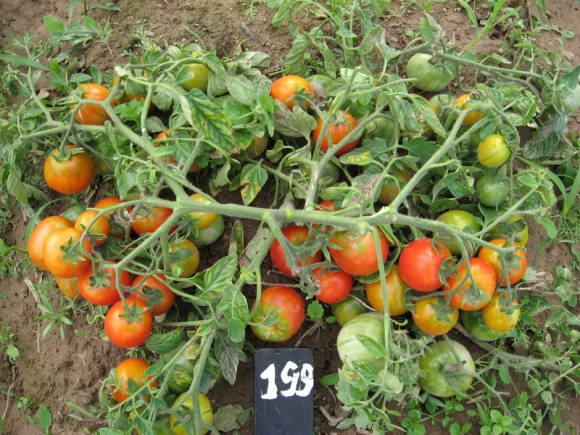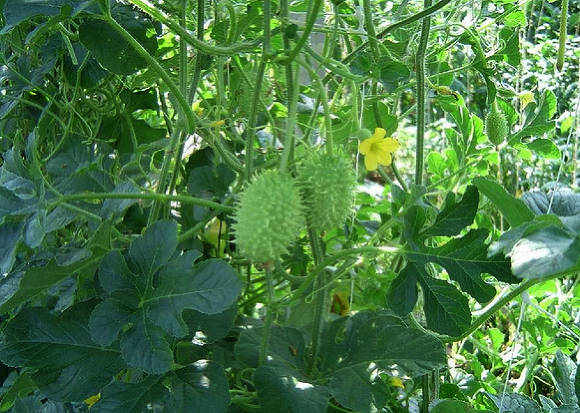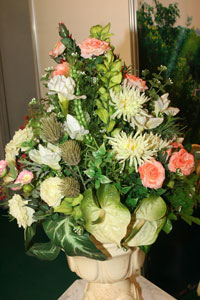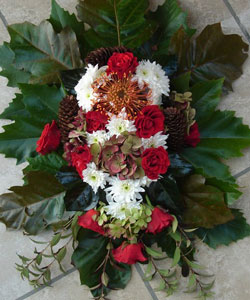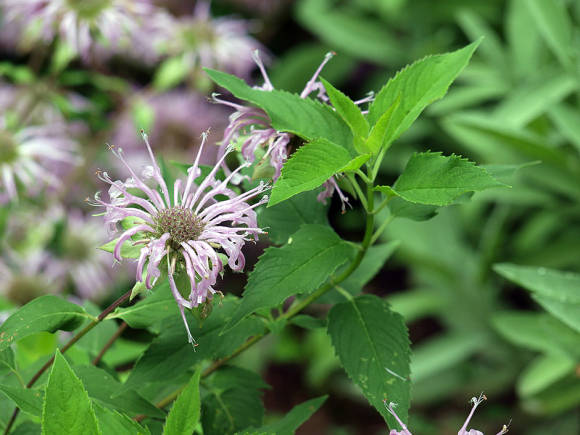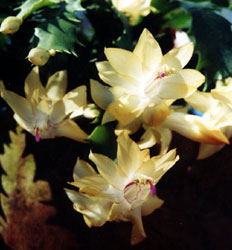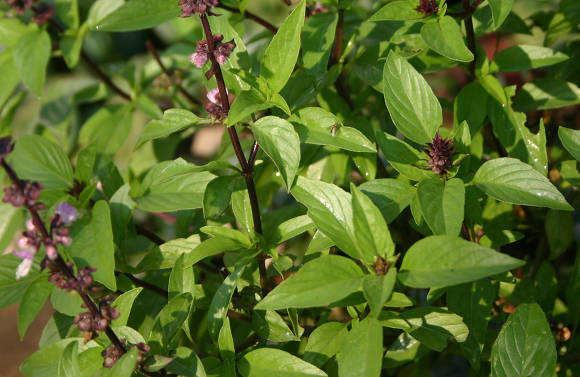
This charming, delicate plant will be loved by everyone who is fond of vertical gardening. The dense foliage resembling ivy and the many original velvety flowers that cover the entire length of the stem make this plant very attractive. Add to this the rapid growth and low maintenance inherent in, for example, morning glories, and here it is, your ideal!
The plant is called climbing maurandia (Maurandya scandens), but flower lovers are better known as asarina climbing (Azarina scandens). Now the asarinas are divided into different genera, and this liana has returned to its old name - Maurandia, under which it was once described. If you go to buy seeds, then look for it all the same as azarina.
Maurandia climbing (Maurandya scandens) - a perennial liana from Central Mexico and other regions of Central America, where it grows in disturbed places, at an altitude of 2250 m. In many countries of the world it is grown as an ornamental plant. Flowering in warm regions lasts from late spring to late autumn.
It is winter-hardy from zone 9 (up to -6oC), where it remains green all year round, and the stems in the lower part become woody, forming adventitious roots at the nodes. In the temperate zone of Russia, this plant is grown as an annual, capable of growing up to zone 3.

The liana grows to a height of 1.8-2.7 m, and on the warm Black Sea coast - up to 4 m. Its stems are thin, flexible, not pubescent. The leaves are alternate, long-petiolate, deltoid, resembling an arrowhead in shape, without pubescence and odorless (although some species of maurandia have fragrant leaves). The edge of the leaf is even, without denticles. This leaf-climbing plant is held on a support by leaf stalks. Flowers are arranged singly in the leaf axils. Triangular calyx of 5 pointed sepals, fused at the base, covered with glandular hairs. Corolla also with glandular hairs, is a tube, somewhat swollen in the middle part and towards the apex, divided into 5 unequal rounded perianth lobes; 4 stamens, two of them are shorter, with hairs and glands on filaments. Flowers up to 5 cm long, double-lipped, can be of different colors, including pink, white, purple, pale blue or deep indigo. In shape, they resemble the flowers of snapdragons or small gloxinia, there are even common names for the plant - Curly snapdragon, Curly gloxinia.
The fruit is a capsule of irregular spherical shape, when ripe with two holes at the apex. Seeds are numerous, rectangular, brown in color, with a surface covered with bulges.
Maurandia blooms in our zone from July to autumn. In the south, with early sowing in early February, it blooms in June. With the onset of the first autumn frosts, it dies.

Growing
Sowing seedlings... The plant is thermophilic, does not tolerate frost, therefore it is planted in open ground in early June. Seeds are sown on the surface of the soil, without covering, 3-4 months before this date, in late February - early March. They germinate within 2-3 weeks. The temperature of the seedlings is within + 15 ... + 21 ° C. In order for the seedlings to grow strong, additional lighting with a phytolamp is necessary.
It is best to sow seeds immediately into peat-humus pots, 3-4 pcs., Since you will have to plant already adult seedlings. The plant must be equipped with stick supports.
Seedlings are planted in open ground when the air temperature steadily exceeds + 5 ° C, at a distance of at least 30-40 cm from each other.
Pick-up location... The place for this heat-loving plant must be sunny, preferably shaded on a hot afternoon.
The soil... The soil needs to be drained, rich, close to neutral (pH 6.0-7.0).
Watering... Azarina loves moist soils, it must be watered regularly and in moderation to avoid wilting of the plant. But over-watering is unacceptable.
Top dressing... Since the vine grows quickly, it needs good nutrition. Every 2 weeks, it is necessary to apply a complex mineral fertilizer with microelements. Mineral fertilizers can be alternated with organic - fermented grass, Biohumus, Lignohumate, Potassium humate. Then the plants will be succulent, dense and profusely flowering.
Care... In addition to watering and fertilizing, asarina only needs weeding. It is not affected by pests and diseases, its foliage always looks healthy. To preserve soil moisture, the plants are mulched with compost, in this case asarina receives additional nutrition and can be grown without additional feeding.
Reproduction
In addition to seed propagation, asarin is propagated by cuttings. Cuttings can be taken from seedlings when planting, cutting off weak shoots. Cuttings root easily in sand or peat-sand mixture in a greenhouse.
Winter plant conservation
Given the long-term nature of the plant, asarin can be overexposed in winter in a bright cool room with a temperature of + 8 ... + 10 ° C. Plants in hanging baskets are especially convenient for this. They are placed in a greenhouse with a subtropical climate or on a glazed loggia. With the arrival of spring, weak shoots are shortened and used as material for cuttings. They are planted in open ground with the end of frost. Such specimens show vigorous growth and earlier flowering.
Usage
Climbing azarina is a climbing plant for decorating walls, arbors and pergolas. Grids and nets serve as a good support for it. But the plant looks especially impressive on trellises and obelisks. It hangs gracefully from hanging baskets and boxes, from retaining walls. Shrubs and small trees covered with ivy foliage and fancy flowers look beautiful.
Despite the comparison with snapdragons, asarina, unfortunately, is not suitable for cutting into bouquets. She does not stand in the water at all.
